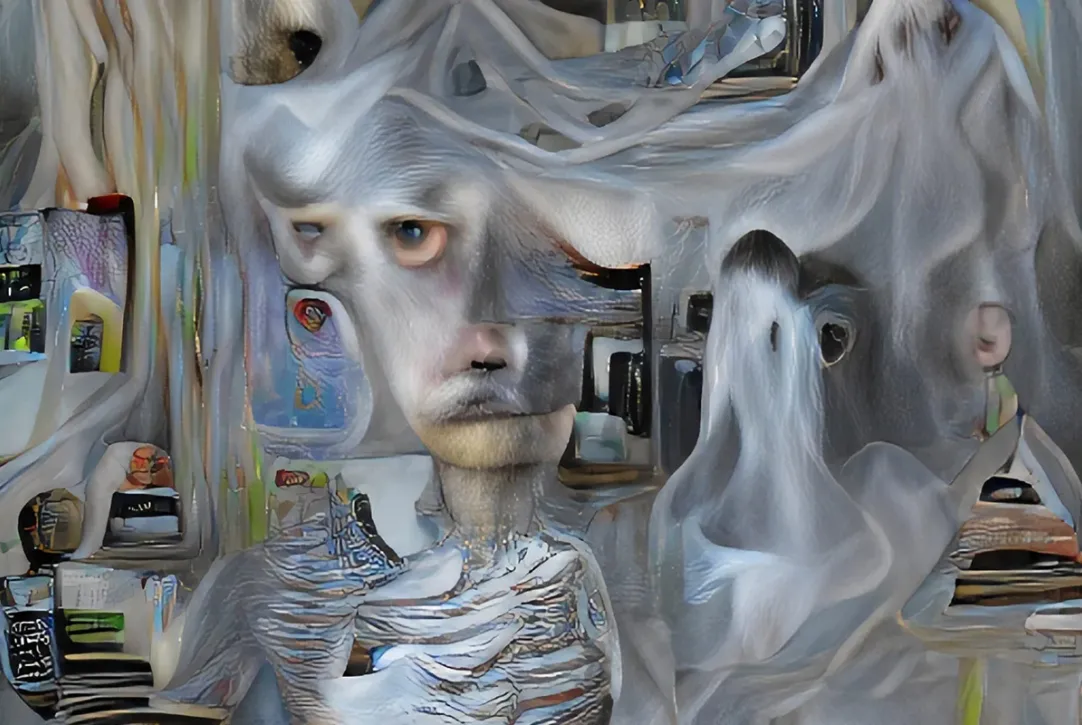The digital revolution has changed almost every area of life, and art is no exception. From the emergence of the first computer graphics programs to the introduction of blockchain and virtual reality, technology has become a powerful tool in the hands of artists, curators and collectors. Today, digital art is experiencing a real boom, changing traditional ideas about creativity, ownership and interaction with the audience. Let’s consider how exactly digital technologies influence contemporary art and what horizons they open.
Advertising
The Birth of Digital Art
Digital art began to take shape in the late 20th century, when artists began using computers to create graphics, animation and video installations. Unlike traditional painting or sculpture, digital art is works created using software and often intended to be shown on screens.
With the advent of the Internet and social networks, digital art became available to a wider audience. Artists were able to share their works instantly and interact with fans around the world.
NFT — a new era of art ownership and trading
One of the most resonant phenomena of recent years has been NFT (non-fungible tokens) — unique digital certificates recorded in the blockchain, confirming the ownership of a digital work.
What has NFT changed?
Uniqueness and authenticity
Each NFT is a “digital fingerprint” that guarantees that the token owner owns the original. This has solved the problem of copyability of digital files.
Market and economy
NFTs have allowed artists to directly sell their works to collectors, bypassing galleries and auction houses. This has opened up new opportunities for monetization.
Experiments with form
NFTs can contain animations, music, interactive elements, which expands the boundaries of art.
Criticism and challenges
High energy consumption of the blockchain (especially Ethereum).
Speculation and bubbles in the NFT market.
Copyright and copying issues.
Virtual and Augmented Reality: New Spaces for Creativity
Virtual (VR) and augmented reality (AR) technologies provide artists with a platform for creating immersive experiences where the viewer is not just an observer, but an active participant.
How does this change art?
Immersive exhibitions and installations
Visitors can “immerse themselves” in a painting or sculpture, interact with elements and move around virtual spaces.
New forms of storytelling
Artists create stories that unfold in 3D space, allowing the viewer to choose their own path of perception.
Accessibility
VR exhibitions can be visited from anywhere in the world via special devices or even smartphones.
Examples
VR projects of museums (Louvre, Metropolitan)
Interactive art objects in metaverses (Decentraland, The Sandbox)
Installations with augmented reality on city streets
Artificial intelligence in creativity
Artificial intelligence (AI) is becoming not only a tool, but also a co-author of artists. Paintings, music, poetry and even sculptures are created using generative design algorithms.


